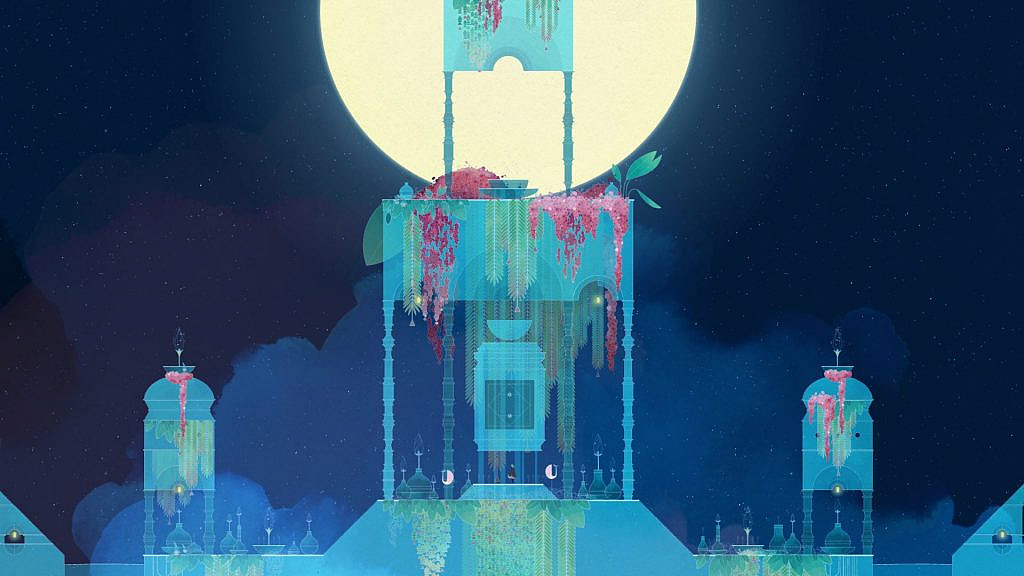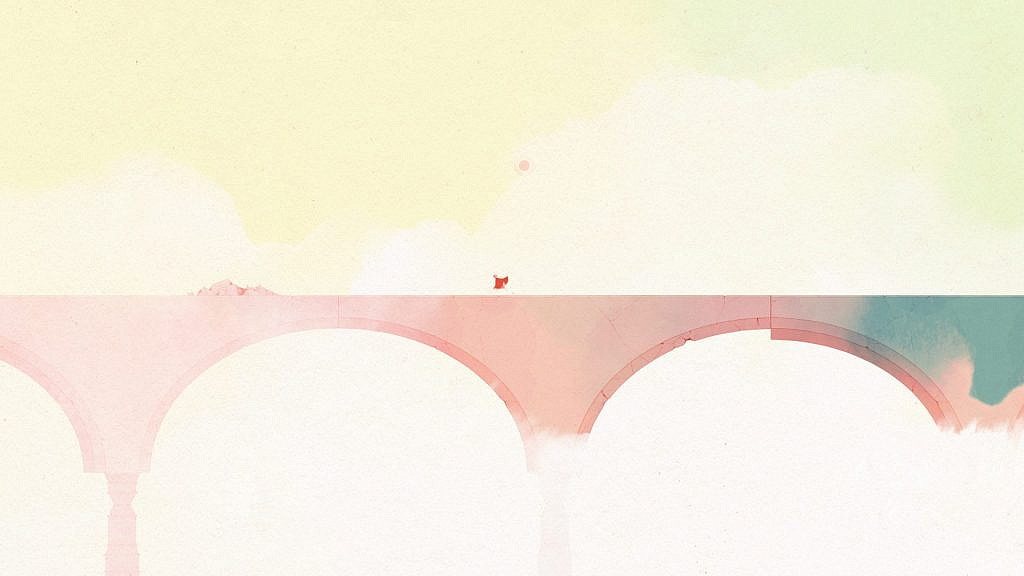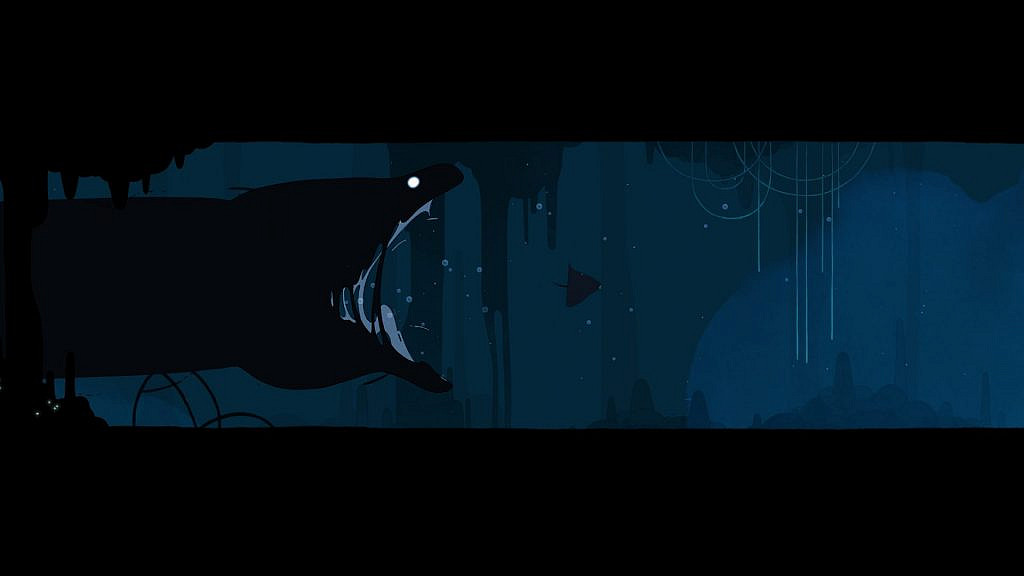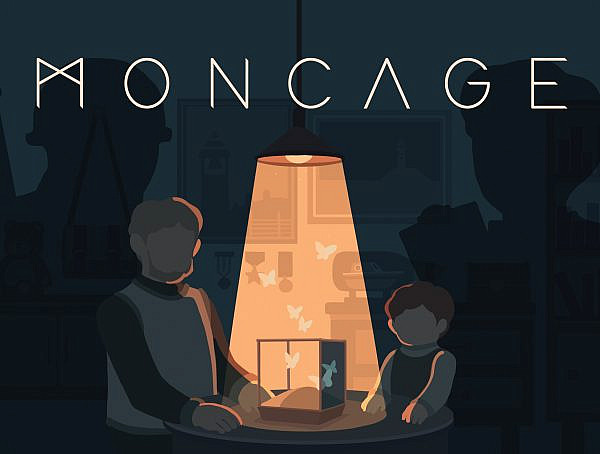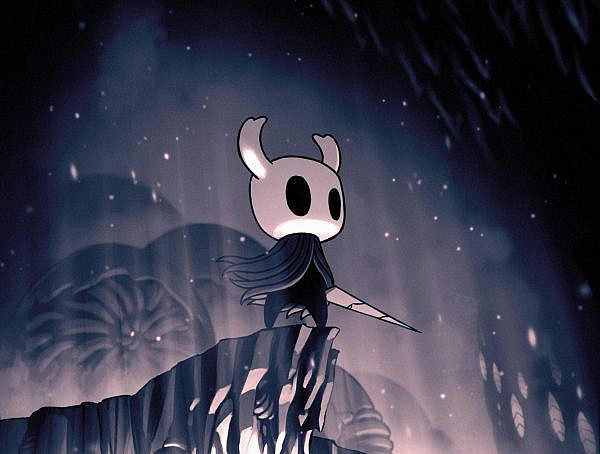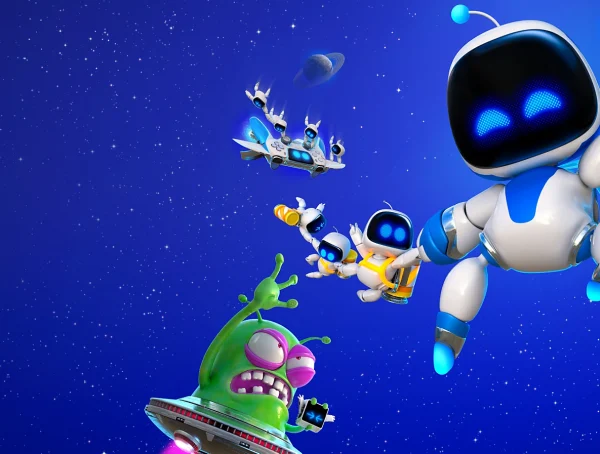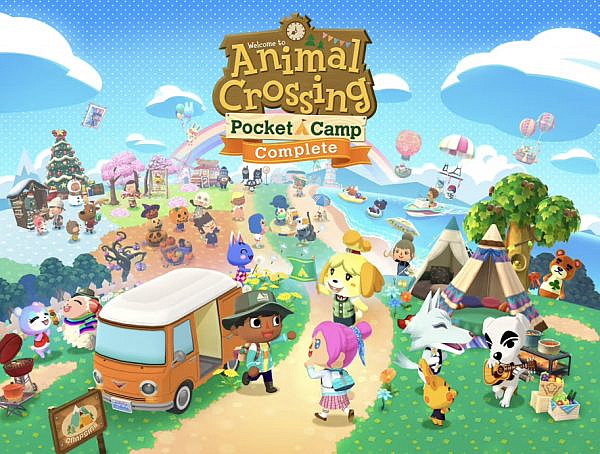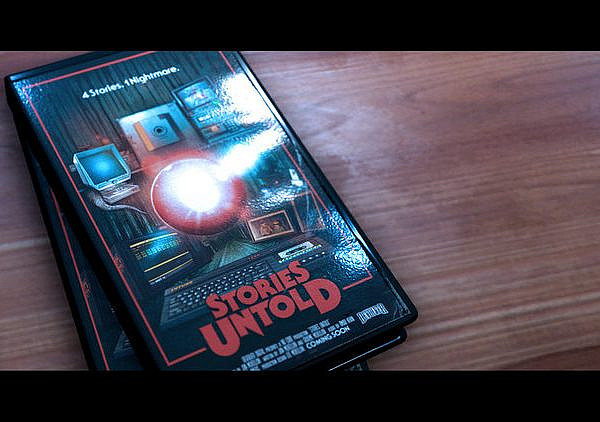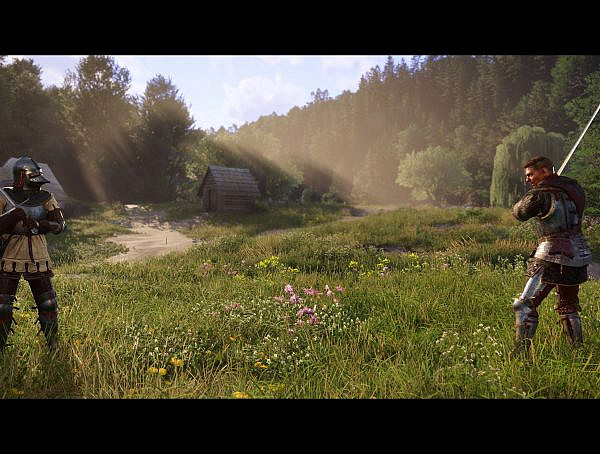Gris is a short 2D platformer from Spanish developer Nomada Studio. The game tells a story of a young girl going through a traumatic event in her life.
I wanted to like Gris. I really did. What caught my eye immediately were the graphics. Gris is beautifully illustrated, combining watercolor effects with geometrical, delicate designs. Many levels had very pleasing symmetry. The composer has created an evocative soundtrack that compliments the visual design, and I would go so far as to say that the music is the most impressive part of this experience. As an interactive multimedia art experience, Gris is an experience that I would recommend. Unfortunately, it is marketed as a game, so I must evaluate it in terms of video games. There is little to praise.
The game world is huge and gorgeous, but the character’s running speed so slow that I was soon bored out of my mind. There is definitely time to take in the views when you’re forced to run half a minute directly ahead without a single obstacle to jump over. If they had only introduced a sprint feature, the player could play around while crossing vast expanses of nothing.
I was also caught off-guard several times by the game mechanics that made it impossible to backtrack at times. Often platformer game levels are designed so that the player can “read” the level and predict when the story progresses, rendering backtracking impossible. I am not sure if this mechanic is a metaphor for how in life there is no way to turn back, or just simply poor design. However, it was infuriating to walk up a staircase and realize that walking them down is not an option anymore due to the limited controls. This is especially frustrating for a completionist like me, who likes to make sure that every nook and cranny of the map has been searched before moving on.
Gris could have also been improved tremendously by adding some real enemies to the game. We do get a gigantic moray that chases your character underwater and an equally as big bird whose screams sweep the character off their feet. If only these enemies could do damage. When I first bumped into the moray deep in an underwater cave, the change of pace compared to the generally dragging gameplay gave me a (welcomed) jumpscare. My excitement was soon dampened when I realized that instead of a boss battle or daring escape challenge, what I got was practically a cutscene. It was impossible to lose by getting eaten by the moray.
That I think is Gris’s biggest problem; it doesn’t offer any challenge. This game is impossible to fail, and thus “winning the game” doesn’t feel like a goal worth bearing the boredom for. In the year Gris was released, it won eight awards (and was nominated for over a dozen more), most of them praising the animation, art direction, and visual design. I wholeheartedly agree with the praise; Gris is stunning. The complete lack of challenge and slow pace of both the movement and the storytelling makes it impossible for me to recommend it.
Developer: Nomada Studio
Publisher: Devolver Digital
Platforms: MacOS, Microsoft Windows, Nintendo Switch, iOS, PlayStation 4, Android
Release: macOS, Microsoft Windows, Nintendo Switch, 13 December 2018 iOS, 21 August 2019 PlayStation 4, 26 November 2019 Android, 1 April 2020
Genre: Platform-adventure
ESRB: Everyone
Pictures: screenshots from the game, taken by the author
You might also like
More from Game Reviews
Animal Crossing: Pocket Camp but without the microtransactions?
Pocket Camp Complete is a cute and relaxing mobile game that offers the full experience with a one-time purchase.
Stories Untold – An Experimental Psychological Horror Adventure
Stories Untold is a narrative-driven horror adventure game and a truly remarkable take on the genre. The four episode anthology …
Kingdom Come: Deliverance II – A Sequel Worthy of a Knight
KCD II delivers a living, breathing medieval roleplaying game to its players. #RPG, #kingdomcome, #openworld







